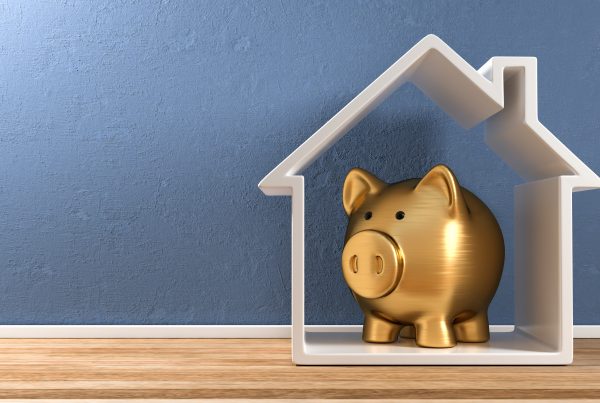One of the many benefits of homeownership is building equity (that’s the difference between what your home is worth and the remaining balance on your mortgage). The amount is available for you to borrow from via a cash-out refinance.
To receive cash when you refinance your mortgage, you typically need to have more than 20% equity in your home, but every situation is unique. We will advise you on the maximum amount of cash you can receive based the information you provide on your loan application as well as an estimated (and ultimately the appraised) value of your home. Then it’s up to you to decide how much you want to take out and how much you want to roll over into your new mortgage.
But before you borrow against your home, it’s important to understand the upside and downside.
Pros:
- It frees up cash. If you have equity in your home, refinancing can provide the cash you need to pay off outstanding bills or maintain a financial cushion for emergencies. If you have a significant amount of equity in your home, you may be able to take out a large loan, if you qualify.
- You can consolidate higher interest debt. Mortgage rates are no longer at the historically low levels they were as recently as a couple years ago, but they’re much lower than many credit card and auto loan rates these days. If you’re carrying credit card balances or you still owe money on a vehicle, a cash-out refinance could help you take less of a hit on interest by consolidating those debts into a new lower-interest loan.
- You can add more living space: If you’d like another bedroom or bathroom, or if a kitchen upgrade is on your wish list, you can make it happen with the equity you have in your home. Upgrades like these may also end up adding back some of the equity you’ve tapped into by adding value to your home.
Cons:
- You must pay closing costs. You’ll be charged closing costs on your new mortgage just like when you got your original loan.
- You restart the repayment clock. When you refinance your existing mortgage, you get a new loan with a new term. That means if you’re 10 years into a 30-year mortgage and refinance into another 30-year mortgage, instead of being on track to pay off your loan in 20 years, you’ll be on track to pay it off in 30 years.
Getting a cash-out refinance loan is a financial decision that requires careful consideration. If you have questions about whether it’s the right choice for you or if you’re ready to get started on your new loan, your local Homeowners Licensed Mortgage Professional is ready to help.






